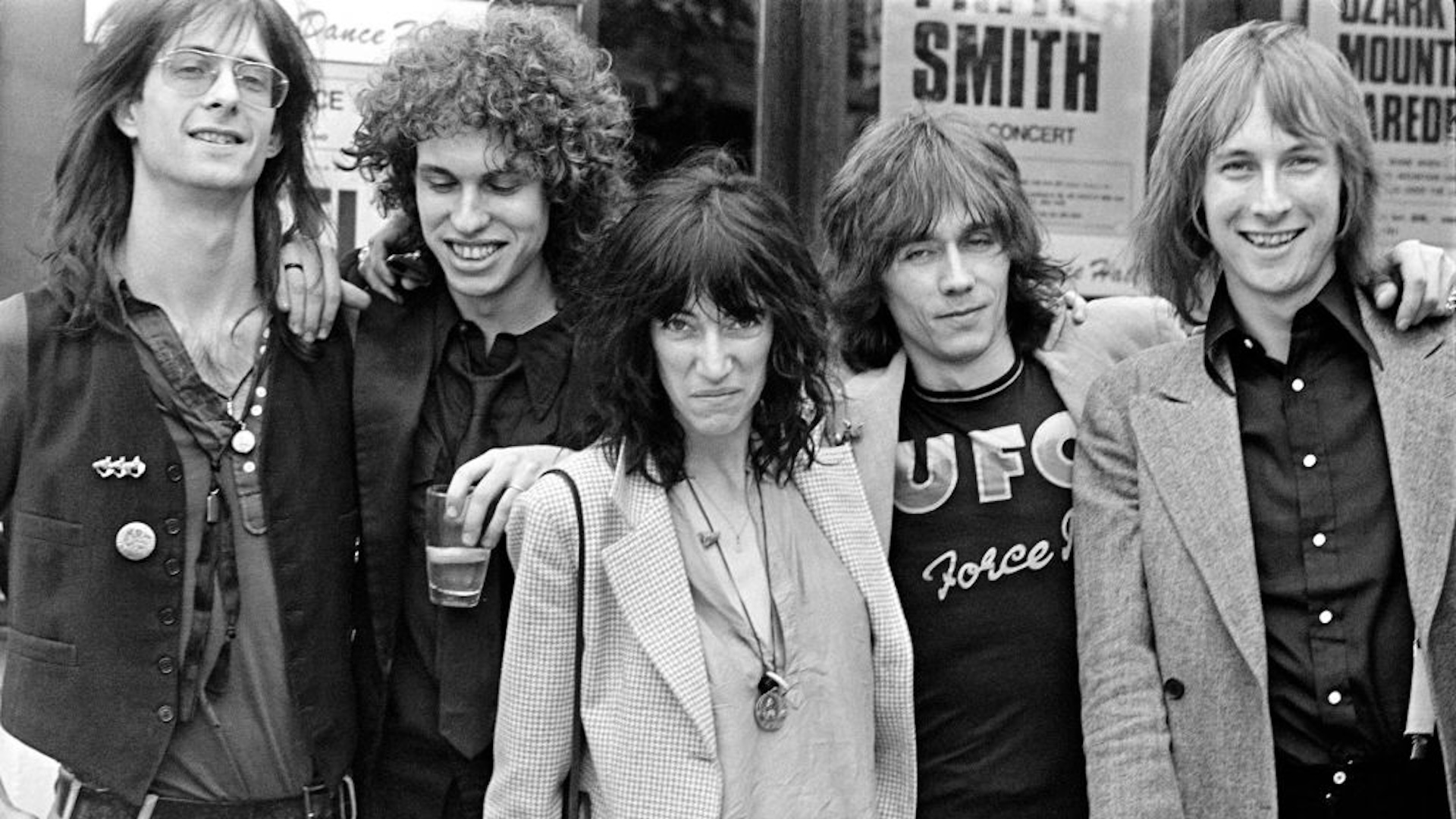As I have been working on my book proposal, and as I have been nearing the end of the year feeling I have not moved much as a writer, as a journalist, I have been thinking about that David Foster Wallace line. The one where he says that the best artists have the purest voices (that’s my paraphrase, the actual quote is here). I read those words around the time I was reading an essay by a celebrated writer whose voice I have always found artificial. People love this writer, but I always felt they were performing the part of a writer with a good turn of phrase, a singular way of seeing things. I came away from this writer’s piece feeling cramped and overwhelmed with words, with all of this poetry that seemed to be hiding the nothingness beneath.
Of course, I immediately thought of my own voice and how impure and indistinct it feels to me. Who is Soraya on the page? What does she sound like? What is the Soraya-ness of my work? I couldn’t quite grasp it. Perhaps it’s because I am a journalist who needs an anchor to riff off. Perhaps Soraya can instead be found in the connections she makes between things external to her. Perhaps Soraya is defined less by the way she speaks than by the way she thinks. Perhaps she is also hiding. Perhaps something happens from the thought to the page that gets in the way of the Soraya-ness, that clutters that voice, that refuses to give it space.
And then I became obsessed with Patti Smith. Without realizing it, I kept using the word to describe her that everyone uses: pure. Ironically, an artist who is so difficult to pin down—Smith calls herself a “performer” for this reason—is also the least bogged down by anything that could get in the way of her voice. Perhaps that is exactly why her voice is so free, because she refuses to define it (thereby enclosing it, limiting it). Everything she expresses seems unedited, emanating directly from her soul. There’s a reason she considers her work a calling, a reason she uses mystical language, because there is some sense that it is an act of summoning rather than creation.
I stupidly tried to seize this sorcery by googling things like “How Patti Smith stays pure to her art,” and “How Patti Smith keeps true to her voice,” and “How Patti Smith writes.” Instead, what started to reveal itself was not the source of this conjuring, but the circumstances in which it could be conjured. I had read Just Kids, so I knew of Patti Smith’s relationship with Robert Mapplethorpe, but this time I noticed more prosaic things. I noticed how the Chelsea Hotel let artists stay there in exchange for their art. I noticed how so many fellow artists—from Sam Shepard to Lenny Kaye—wrapped Smith up in their arms and allowed her to grow out of their collaborations. I noticed how Mapplethorpe knew something she didn’t—after something like eight shots, he said he got the photo of her, the one which would become one of the most iconic portraits in the world and grace the cover of Smith’s first album, Horses, and almost eclipse it. I noticed how she could play no instruments, but that her band did that for her. I noticed how green producer Jimmy Iovine really wanted a hit (for him but also for her) and asked for “Because the Night” from his friend, Bruce Springsteen, who wrote the music and had the chorus (Smith wrote the rest), to do that for them. I saw all this community and all this trust offered to her, and I saw all of it allowing her to make her art, to give her voice the space to really sing. And I thought about the diagram my psychiatrist recently drew, the one divided into Need and Security and The Unknown, and how the last can only be explored when the other two are met.
None of this is to diminish what Patti Smith herself brings. Smith is the most mindful artist I have ever encountered on the page. She seems to innately know how to be in a way I have yet to learn (despite years of meditation). She is able to relate to every moment with clarity, without expectation, with an open heart. It is a wonder for me to see someone whose entire existence seems to be spent doing the opposite of what I do—my antidote is her. Patti Smith is the cure, and by extension so is her work.
Smith famously blared brightly from the late ‘60s until the close of the ‘70s, before up and leaving the public eye in 1980 after marrying Detroit rocker Fred “Sonic” Smith, guitarist for MC5, with whom she had two children and led a relatively quiet life. Though she released new music—Dream of Life—in 1988, for much of the ‘80s and half of the ‘90s, she holed up in Michigan with her family in a castle-like place by the lake. She wrote every day without publishing. Whatever it is that Patti Smith has—that vocation, that dedication, that confidence—allowed her to write industriously and habitually without any of it needing to matter. Or actually, no. The work will have been what was important. But there was space to do it. It’s strange to use the word “indulgent” to describe Patti Smith, but she was able to be that. She got to spend those three hours in the morning writing before everyone woke up and she had to take care of the kids and her husband and her day-to-day in that town that was not New York.
I think about how there’s no such thing as taking time off now. How I am followed everywhere—online, offline, everywhere. Life feels like nothing but encumbrances, every concern immediate, no triage, just tasks and bills and strife and anxiety. Anxiety: the feeling that not even in your mind are you free. There’s a reason so many people need therapy now. The kind of mindfulness that appears to come so naturally to Patti Smith is now a luxury, as so many basic human rights seem to be. There’s a voice somewhere beneath that huge psychic boulder I am carrying around every day, but I can barely hear it.
I see the voices of other artists, like mine, weighed down by capital. By the need for that voice to be turned into money. I see the bearing down, the shellacking, the obscuring of whatever is pure by a society built to exploit and to impoverish. I see that breathing room that gave Patti Smith the freedom to find hers, now completely crowded out by nothing good—by thoughts of exposure and some future pay-off. I see that room to breathe is only available to those who have already achieved. This essay is one of the rare examples of a time I have felt compelled to write for no other reason than just having been moved to. I did not pitch it, I did not think about where it might run (though I suppose some part of me knew it would probably end up here). Maybe it’s the purest I have ever been or can be. I sit here in my mother’s rented townhouse I am visiting for the holidays looking out onto the gray day outside. And, yes, I get paid far too little for my work, but my bank account is not empty. And I have such anxiety, but I have such help with it, too. I have some reprieve. And I guess that’s what I can do now, not unlike Patti Smith: be mindful of the spot I do have, see that my voice may feel pushed into a corner, but refuse to ignore that little sliver of space, and to say as much as I can from within it. As Smith writes of Mapplethorpe at the beginning of Just Kids: “In the end, truth will be found in his work, the corporeal body of the artist. It will not fall away. Man cannot judge it. For art sings of God, and ultimately belongs to him.”
I don’t believe in God, but I believe in her. And I believe in art.






